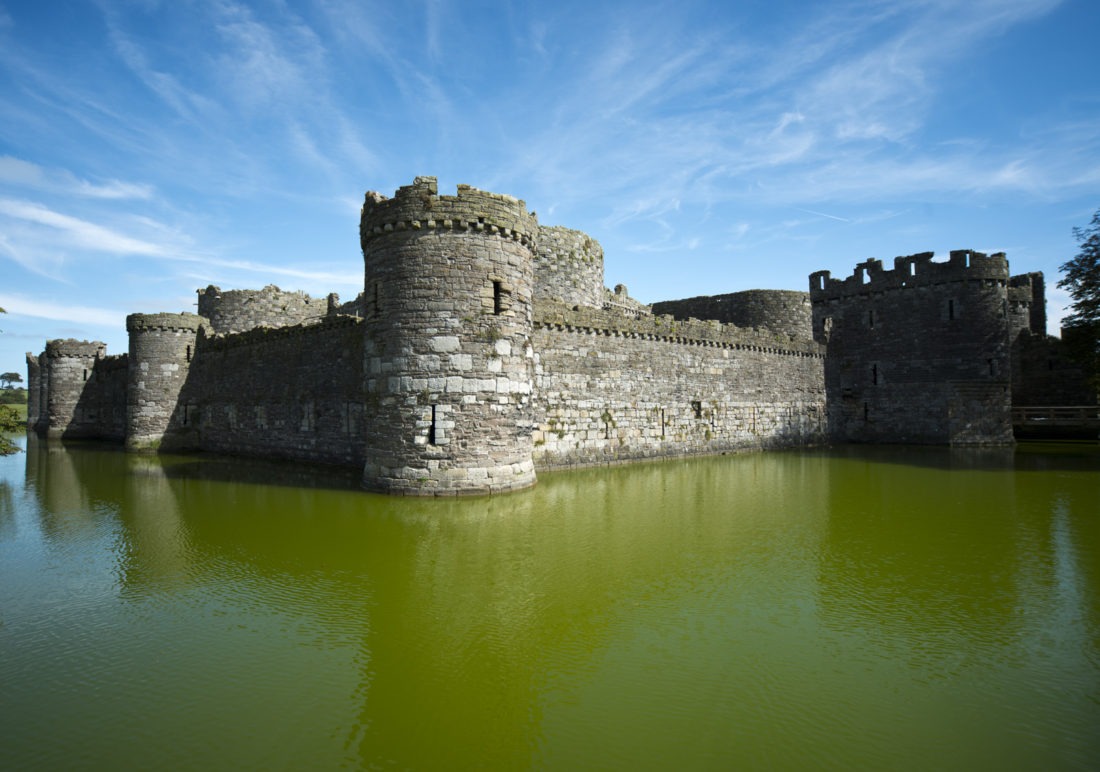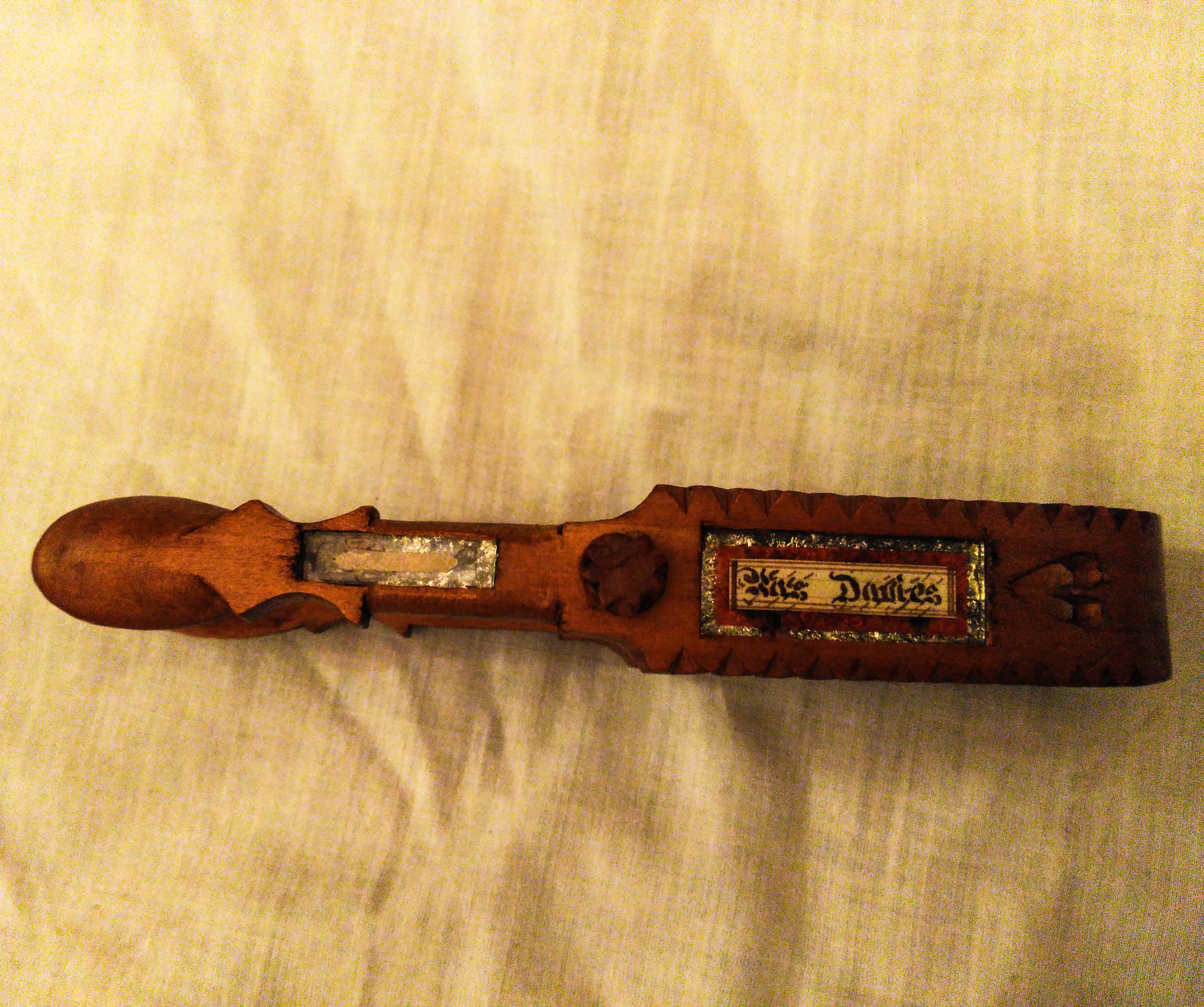Caernarfonshire Bread and Cheese Cupboard
These iconic cupboards are only found in three countries of North Wales, Anglesey, Caernarfonshire and Denbighshire, (though sometimes straying into Merionethshire ) these wonderful cupboards were the fitted kitchen of their day, with the top shelves used for food storage, the slate shelf for dairy goods, the drawers for cutlery and tablecloths and the bottom cupboard used for the storage of pots and pans.
The slate shelf was fitted in the construction of the piece and is not a later addition, and in over 35 years dealing in these cupboards I have not seen another .
The design of inlay is typical of the Caernarfonshire area as is the fact the cupboard is one piece






